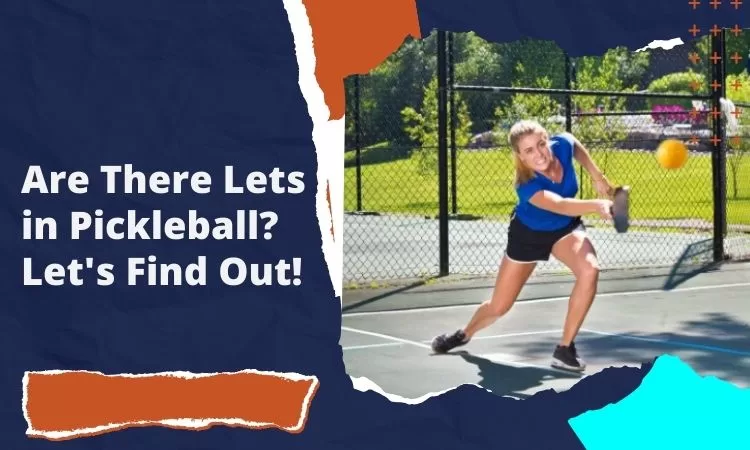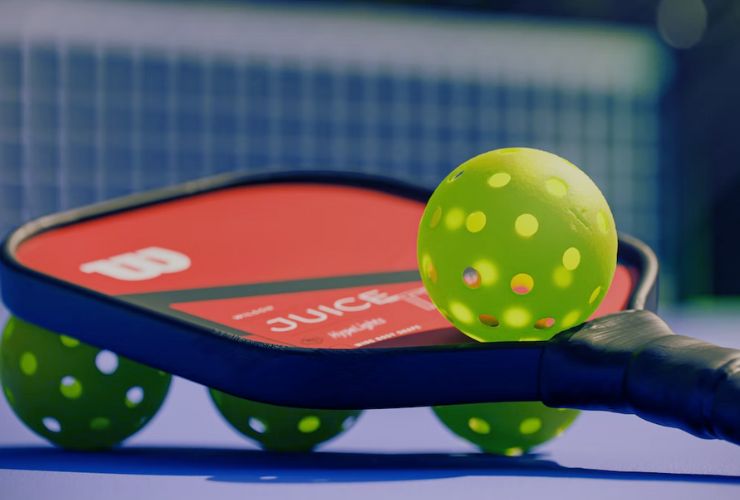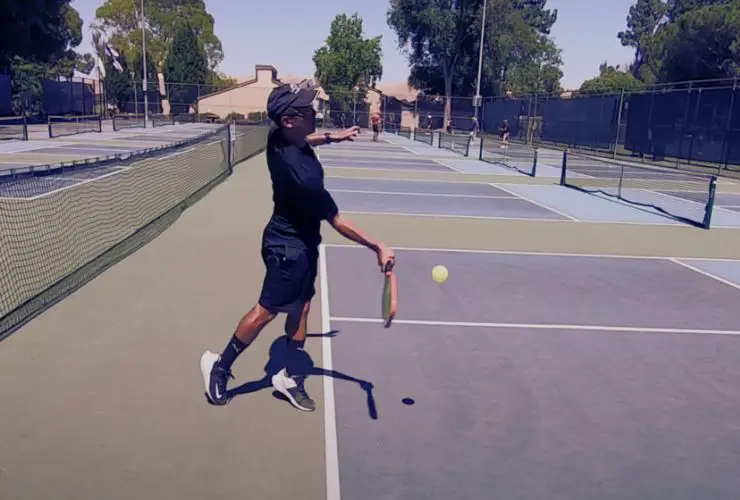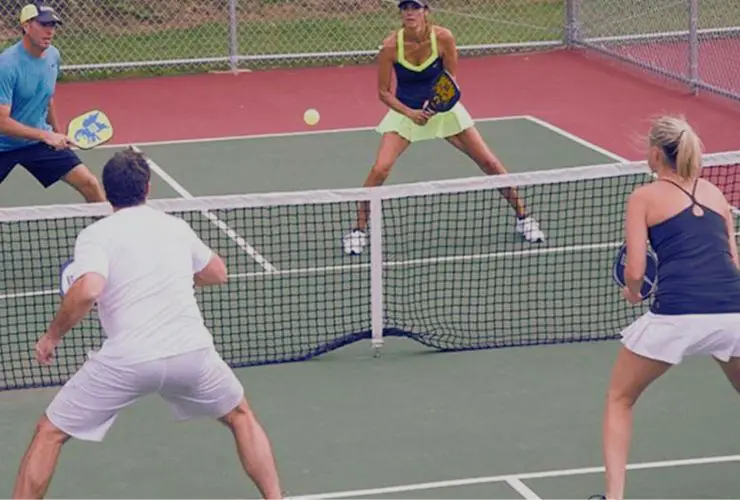What Is a Delaminated Pickleball Paddle? Let’s Find Out!
Delamination is when the layers of a pickleball paddle start separating, impacting its performance. It can result from impact damage, moisture exposure, or poor manufacturing quality. Signs include visual cues like cracks and bubbles, changes in performance, or auditory cues like rattling. Delamination affects control, power, and consistency, potentially leading to safety concerns.
In this article, we’re going to explore all about the delamination issue that can affect pickleball paddles. So, just keep reading!
Key Takeaways
- Delamination in pickleball paddles refers to the separation of layers within the paddle, affecting its performance and safety during gameplay.
- Delamination can occur due to impact damage, moisture exposure, and poor manufacturing quality, making it crucial to understand its causes.
- Delamination can lead to a loss of control, decreased power, and inconsistent gameplay, emphasizing the need to address the issue promptly.
What Is a Delaminated Pickleball Paddle?
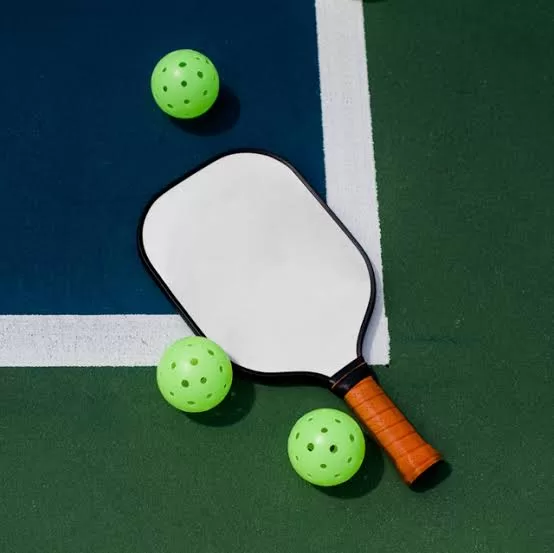
Think of it like a sandwich: if the layers of bread and filling start to separate, you wouldn’t want to eat it, right?
Similarly, in a delaminated pickleball paddle, the layers that make up the paddle begin to come apart. These layers could be made of various materials like composite, wood, or graphite, depending on the type of paddle you have.
Delamination occurs when these layers separate from each other, and it’s not something you want to ignore. It can affect your gameplay and even pose safety risks during your pickleball matches.
In the sections to come, we’ll explore why delamination happens, how to recognize it, its impact on your game, and what you can do to prevent or deal with it.
Why Does Delamination Occur?
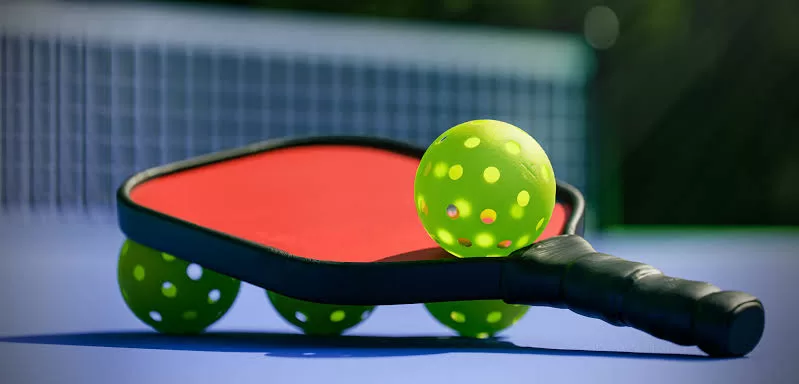
Delamination may sound like a complicated term, but understanding why it happens is essential for keeping your pickleball paddle in top shape.
Impact Damage:
A delaminated pickleball paddle is a paddle that has developed a problem within its
One of the most common causes of delamination is impact damage. Picture this: you’re in the middle of an intense rally, and you accidentally hit the ground with your pickleball paddle.
Just like a smartphone screen can crack when dropped, your paddle can suffer damage when it hits a hard surface. These impacts can weaken the bonds between the layers of the paddle, leading to delamination over time.
Moisture Exposure:
Paddles and water don’t mix well. If your paddle gets wet repeatedly, especially if it’s not properly dried and cared for afterward, it can be vulnerable to delamination.
Moisture can seep into the layers of the paddle, causing them to swell and separate. This is why it’s crucial to keep your paddle dry and store it in a cool, dry place.
Poor Manufacturing Quality:
When buying a pickleball paddle, remember that not all pickleball paddles are created equal. Some paddles are made with inferior materials or subpar manufacturing processes.
These lower-quality paddles are more likely to suffer from delamination. Investing in a high-quality paddle from a reputable brand can significantly reduce the risk of delamination.
Understanding these causes is the first step in preventing delamination. By taking steps to protect your paddle from impact damage and moisture exposure. And by choosing a well-constructed paddle, you can minimize the chances of delamination occurring.
Signs of Delaminated Pickleball Paddles
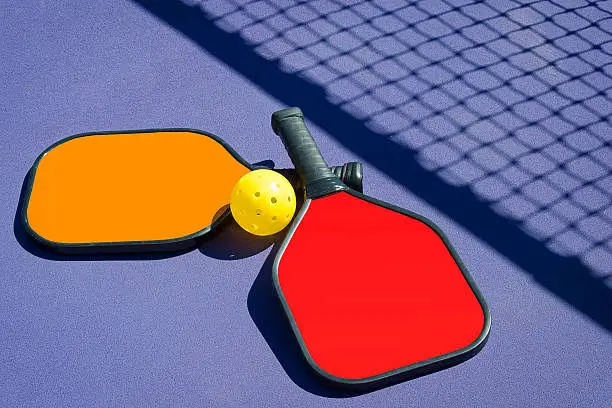
Detecting delamination in your pickleball paddle is crucial to ensuring you play safely and effectively. Here are some signs to look out for:
Visual Cues:
Inspect your paddle carefully. Do you see any cracks on the surface? Are there bubbles or irregularities in the paddle’s appearance?
These visual cues often indicate delamination. If your paddle looks like it’s coming apart or has unusual blemishes, it’s time to investigate further.
Changes in Performance:
One of the most noticeable signs of a delaminated pickleball paddle is a change in how it performs.
If you’ve been playing with the same paddle for a while and suddenly notice a drop in your shot accuracy or power, delamination could be the culprit. You might find it harder to control the ball or experience a decrease in the force behind your shots.
Auditory Cues:
Sometimes, you can even hear delamination. Give your paddle a gentle shake. If you hear a rattling sound coming from within the paddle, it’s a clear indication that something is amiss. That something could very well be delamination.
Recognizing these signs early is essential because continuing to use a delaminated paddle can lead to more significant issues, affect your performance, and even pose safety risks.
The Impact of Delamination on Gameplay
So, your pickleball paddle is showing signs of delamination, but why is it such a big problem? Let’s break down how delamination can affect your gameplay and why it’s a concern.
Loss of Control:
A delaminated paddle often means that the layers of the paddle are no longer securely bonded. This can lead to a loss of control over your shots.
When you can’t predict how the ball will behave when it hits your paddle, it becomes challenging to make accurate shots. Your dinks may sail out of bounds, and your smashes might fall short of the target.
Decreased Power:
Delamination can also sap the power from your shots. The paddle’s structure is compromised, and it won’t transfer the energy from your swing effectively.
As a result, your hits may lack the force needed to make those powerful winners or return those fast shots from your opponents.
Inconsistent Performance:
One of the most frustrating aspects of playing with a delaminated paddle is the inconsistency it introduces to your game.
Some shots may work fine, while others behave unpredictably. This inconsistency can make it challenging to adapt to different opponents and playing conditions.
Safety Concerns:
Beyond its impact on gameplay, a delaminated paddle can pose safety risks. During an intense pickleball match, the last thing you want is for your paddle to break apart.
Potentially causing injury to yourself, your opponent, or those nearby. A shattered paddle can lead to sharp edges or flying fragments, which can be dangerous.
In summary, delamination is a significant problem because it can diminish your control, power, and consistency on the court. Moreover, it can create safety hazards during play.
4 Ways to Prevent Delamination
Preventing delamination is key to ensuring your pickleball paddle remains in peak condition. Having the best pickleball paddle will allow you to enjoy the game to the fullest. Let’s explore some simple yet effective ways to keep delamination at bay.
Proper Storage and Maintenance:
The way you store and maintain your pickleball paddle plays a significant role in preventing delamination. Store your paddle in a cool, dry place, away from direct sunlight and moisture.
After each game, take a few moments to clean your paddle with a damp cloth to remove dirt, sweat, and any debris. Regular cleaning and storage in the right conditions can go a long way in preserving your paddle.
Regular Inspection:
Before each game, take a close look at your paddle. Examine it for any signs of damage or delamination, such as cracks, bubbles, or irregularities in the surface. By conducting regular inspections, you can catch potential issues early and address them before they worsen.
Choosing High-Quality Paddles:
Just like it’s important to choose the best shoes for the game, investing in a high-quality pickleball paddle from a reputable brand is one of the most effective ways to prevent delamination.
Quality paddles are often constructed using superior materials and manufacturing processes that make them more resistant to delamination. While they may come with a higher price tag, the longevity and performance they offer are worth it in the long run.
Paddle Covers and Cases:
Consider using a paddle cover or case when your paddle is not in use. These protective accessories can shield your paddle from accidental impacts and moisture exposure.
They are especially useful if you’re transporting your paddle to and from the pickleball court, where it may be subjected to bumps and jostles.
By following these straightforward preventive measures, you can significantly reduce the risk of delamination in your pickleball paddle.
Wrapping Up
Hope we have resolved your question of what is a delaminated pickleball paddle.
Remember to take care of your paddle, inspect it regularly, and don’t hesitate to seek help if you suspect delamination.

